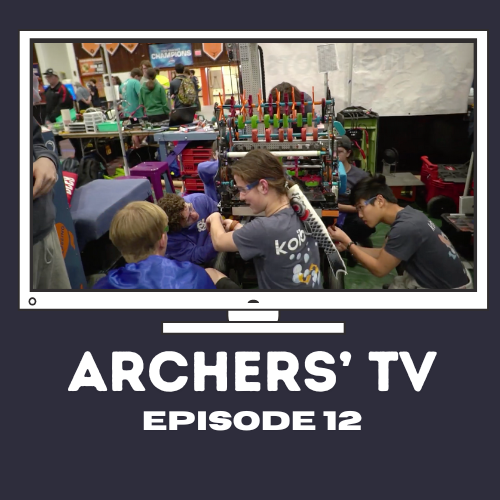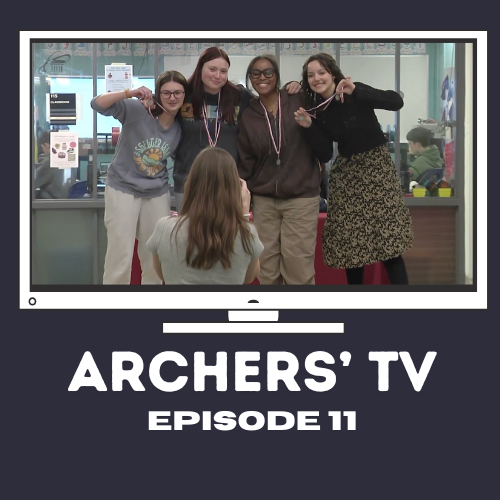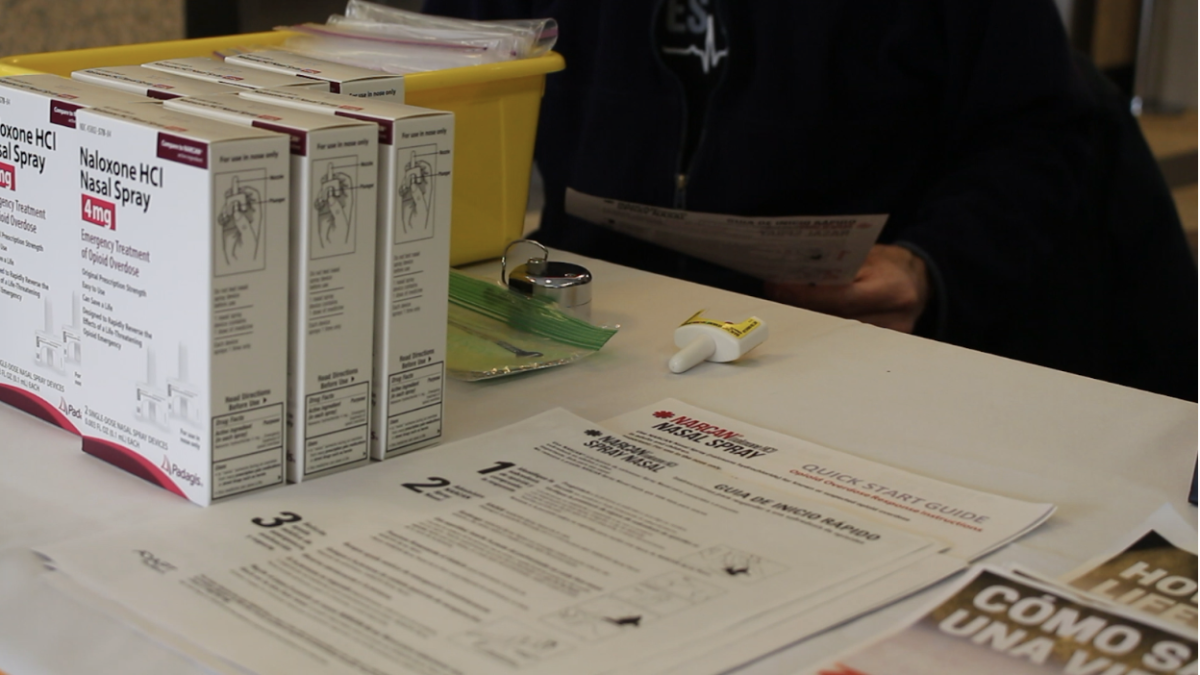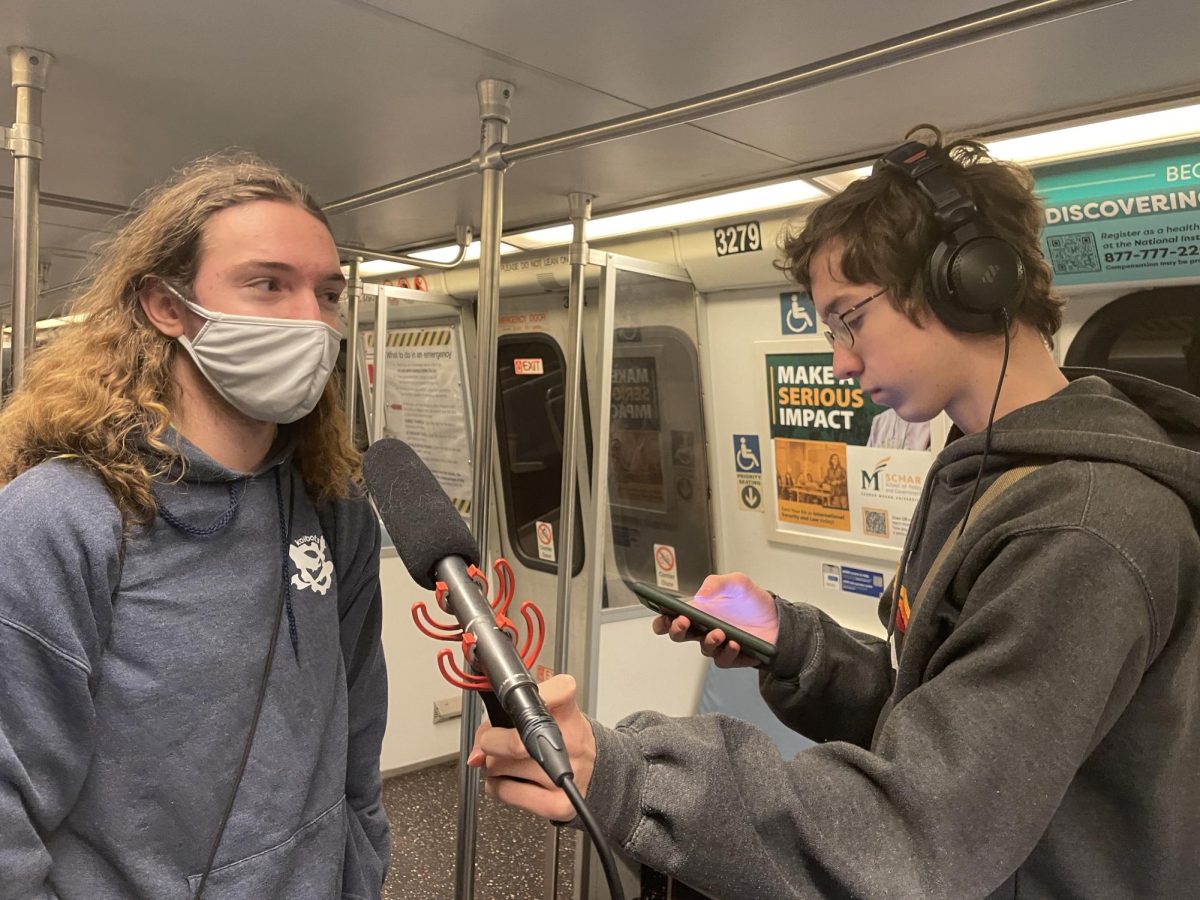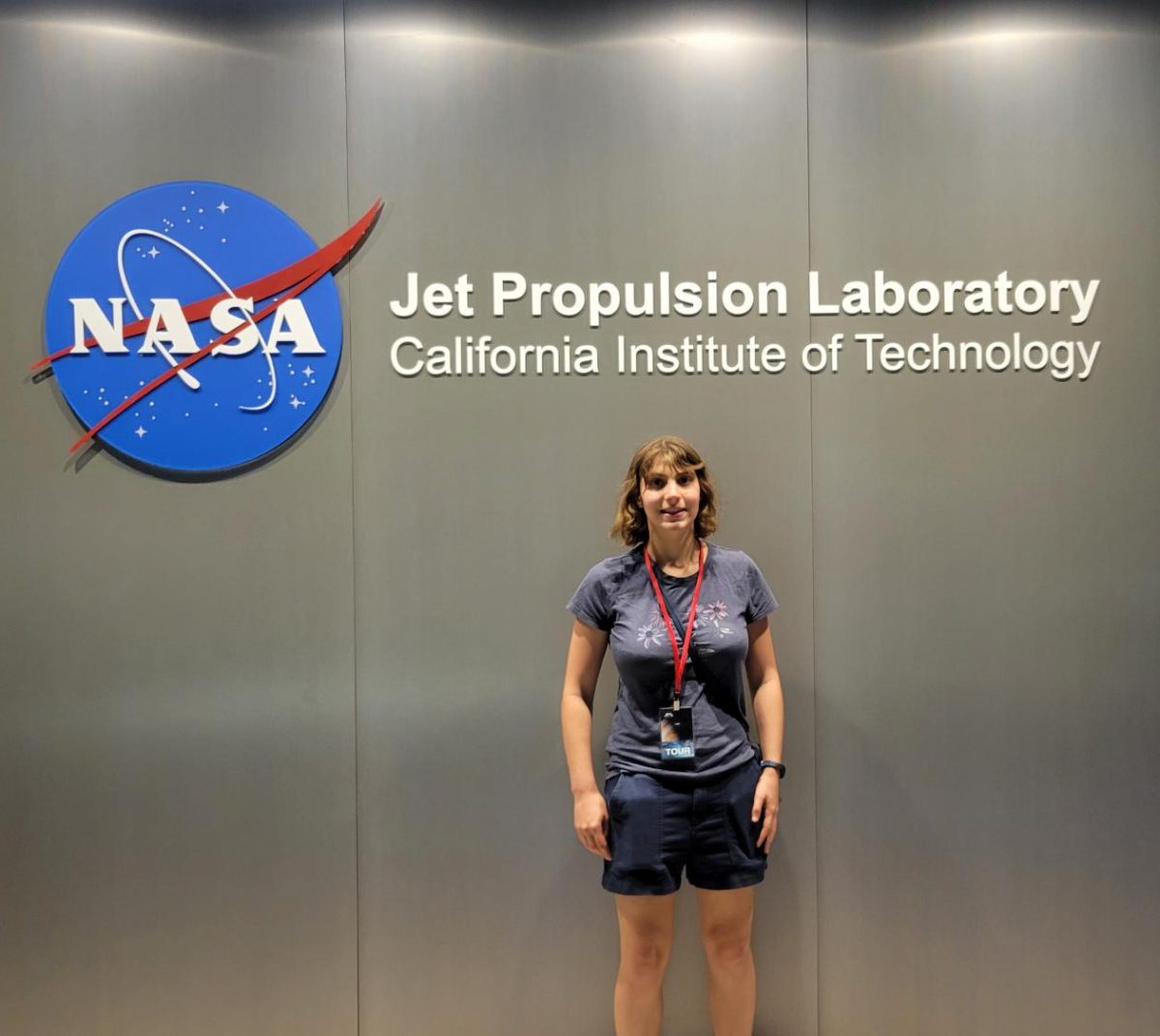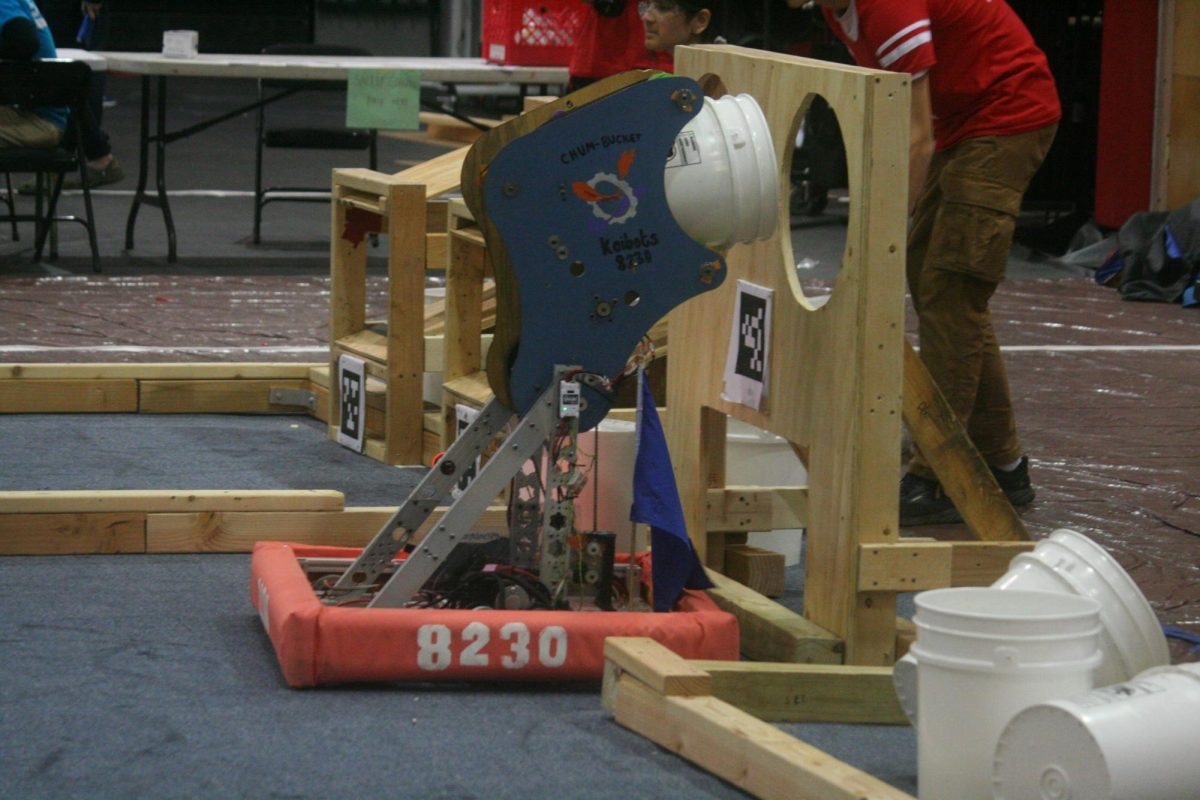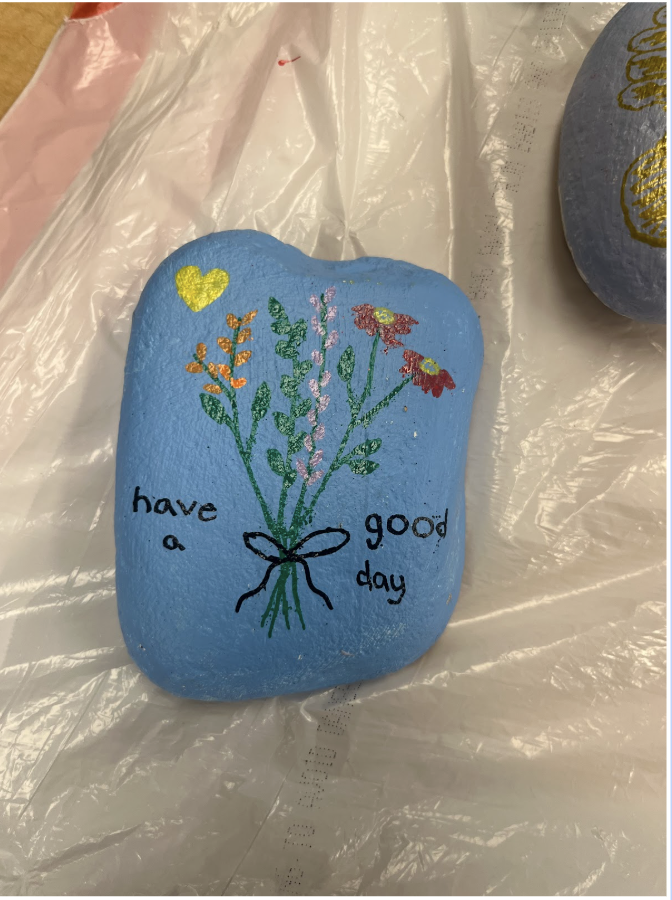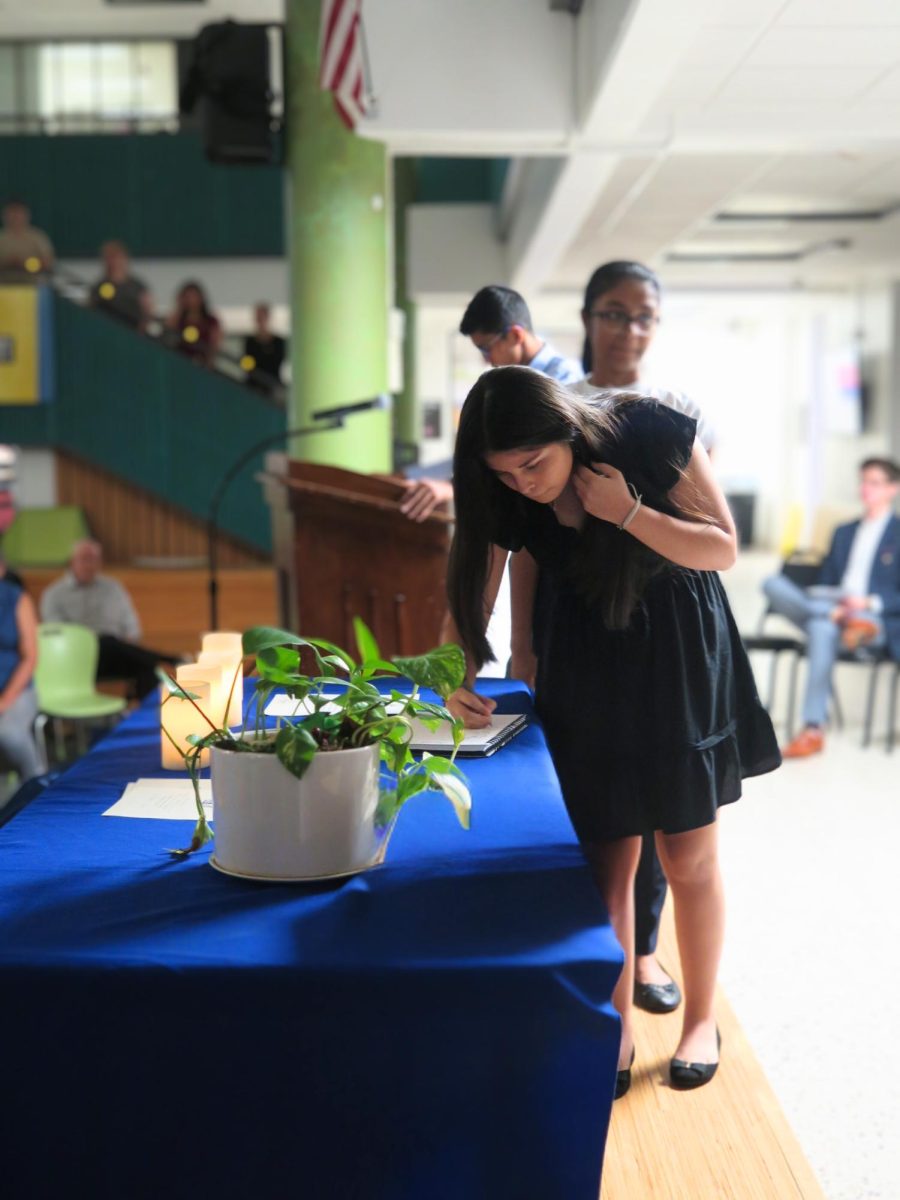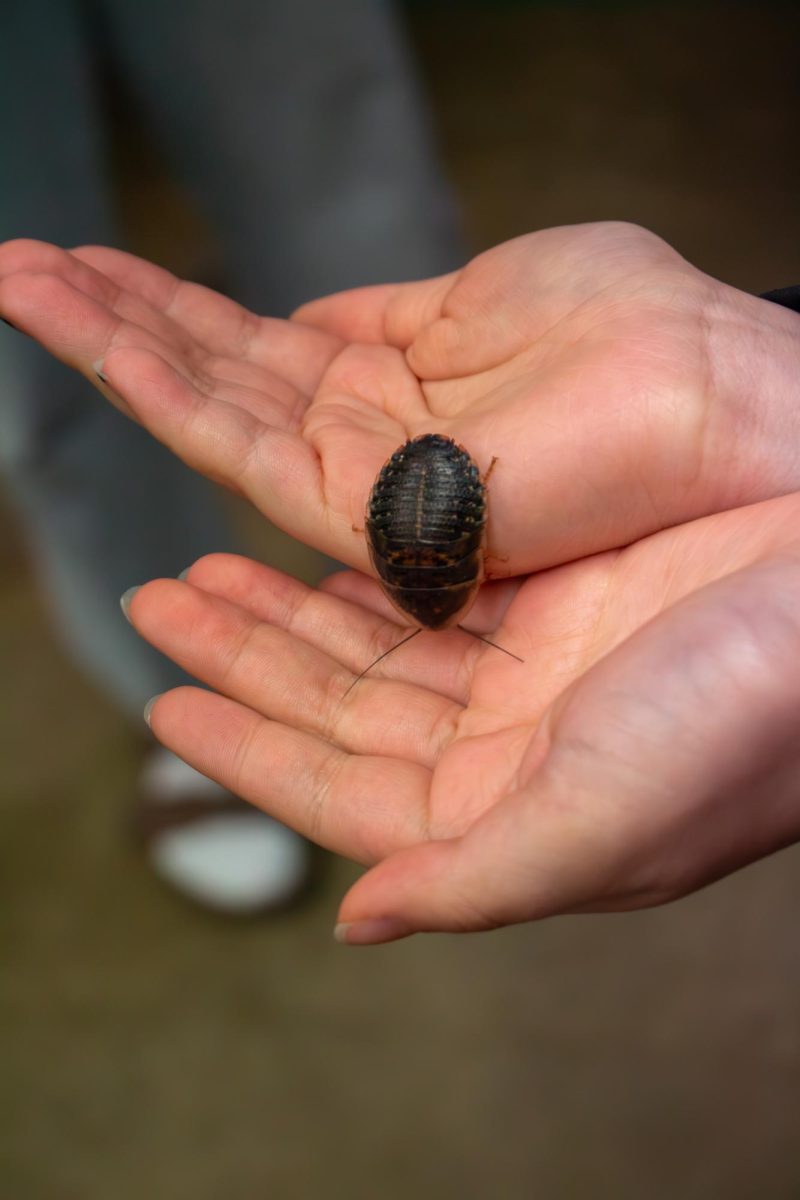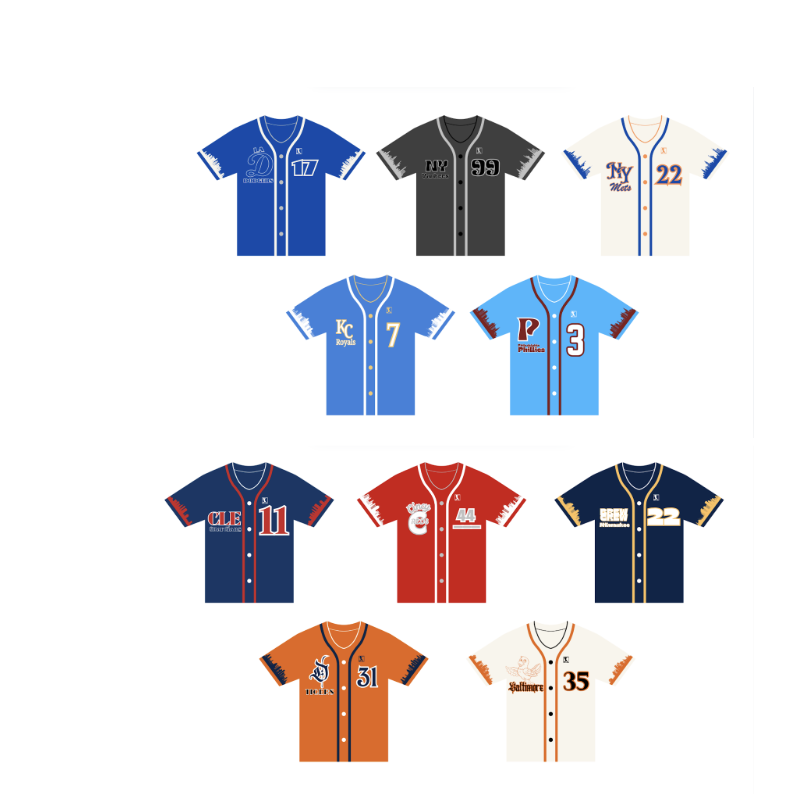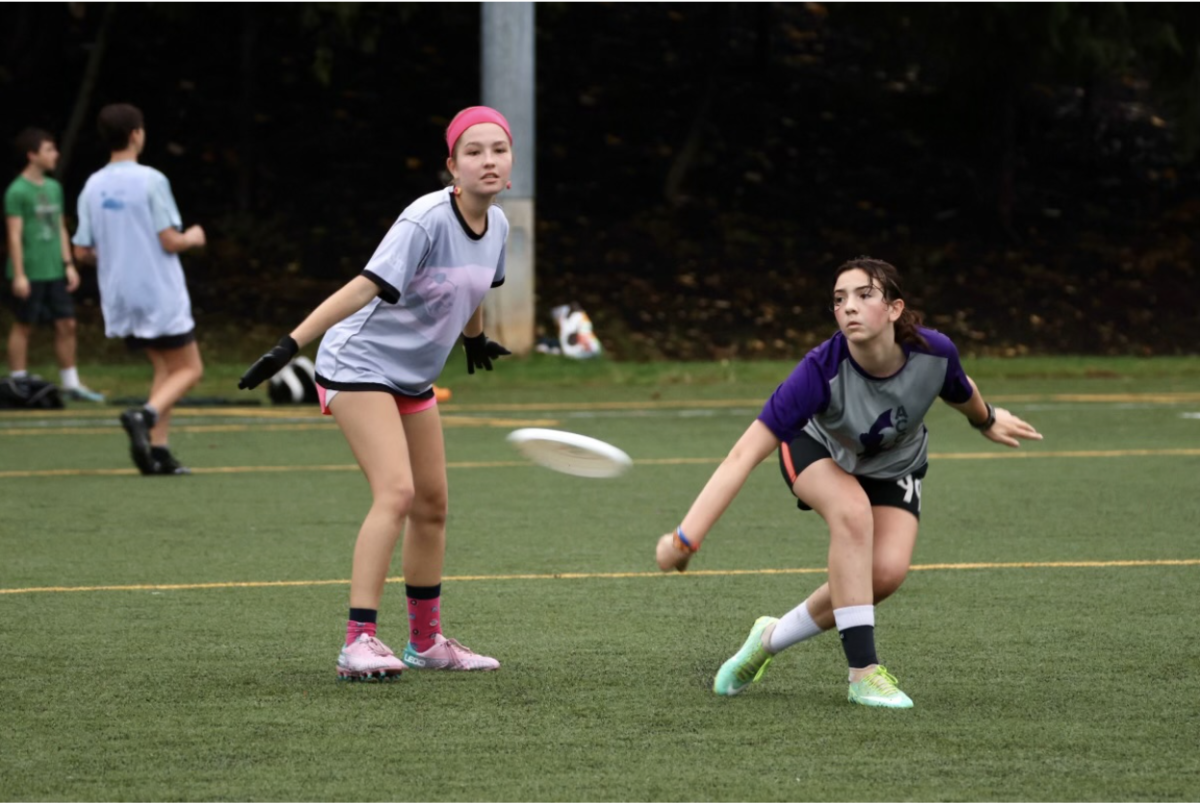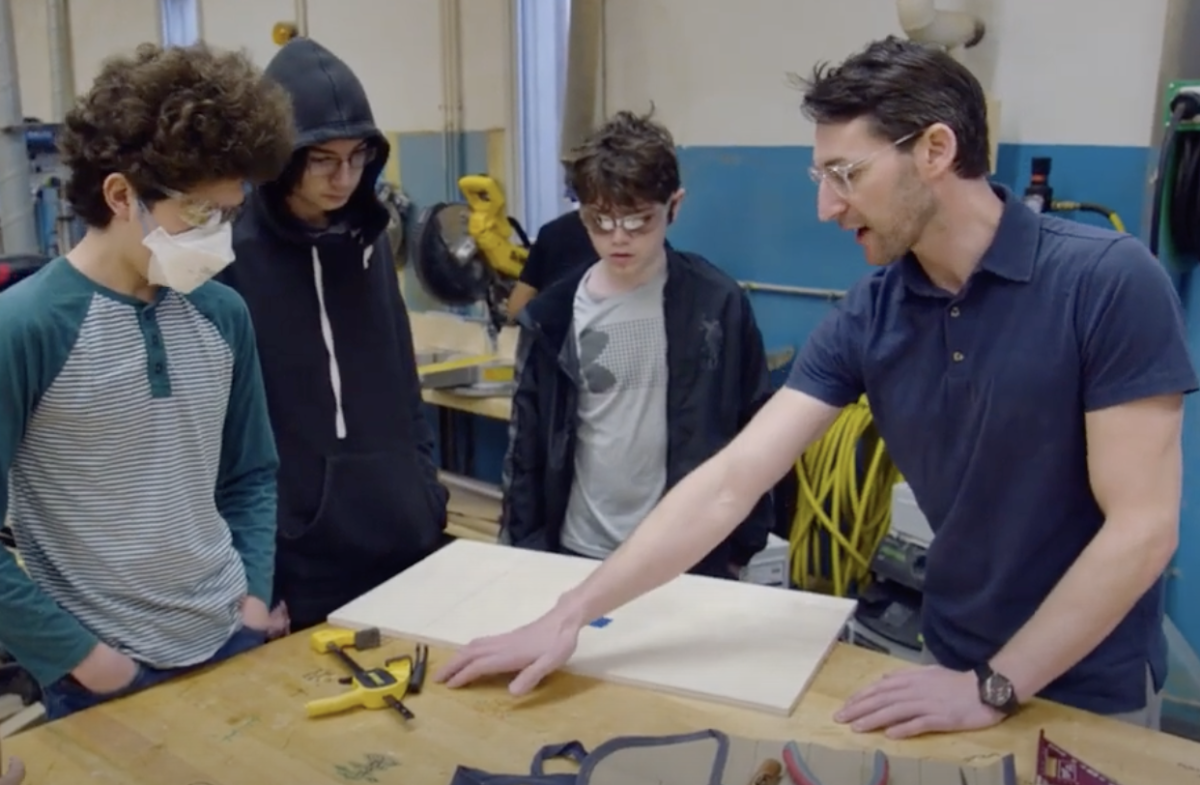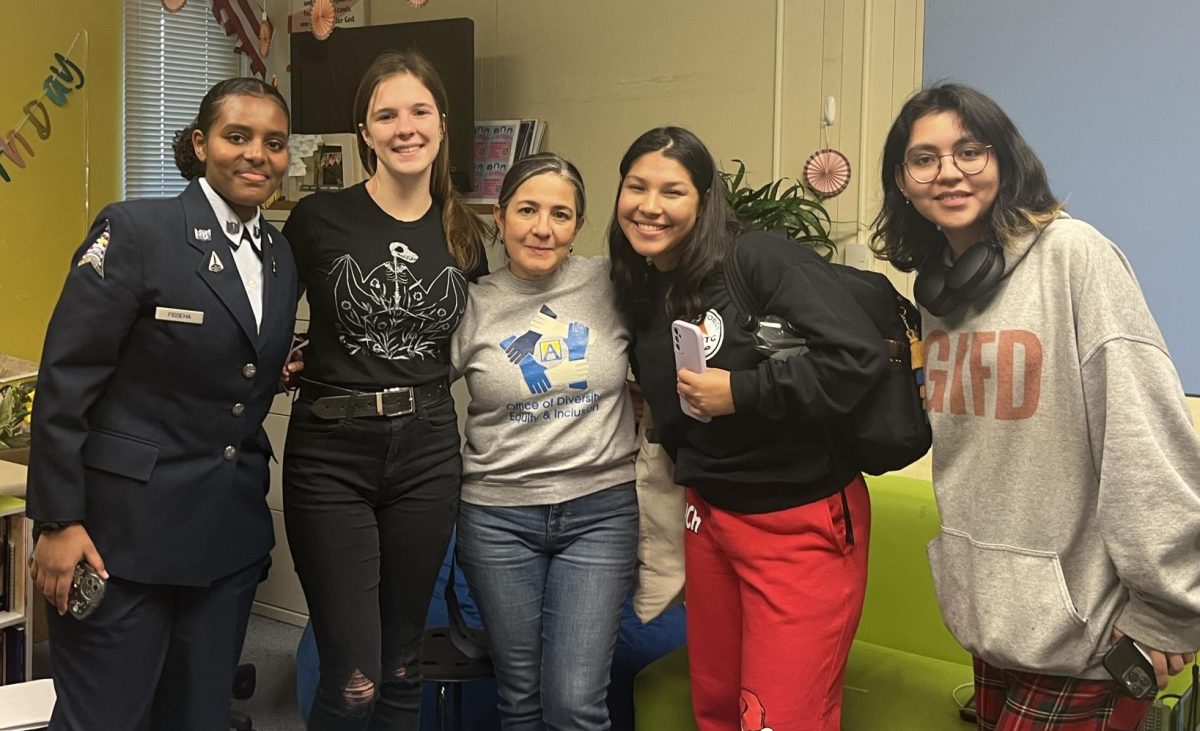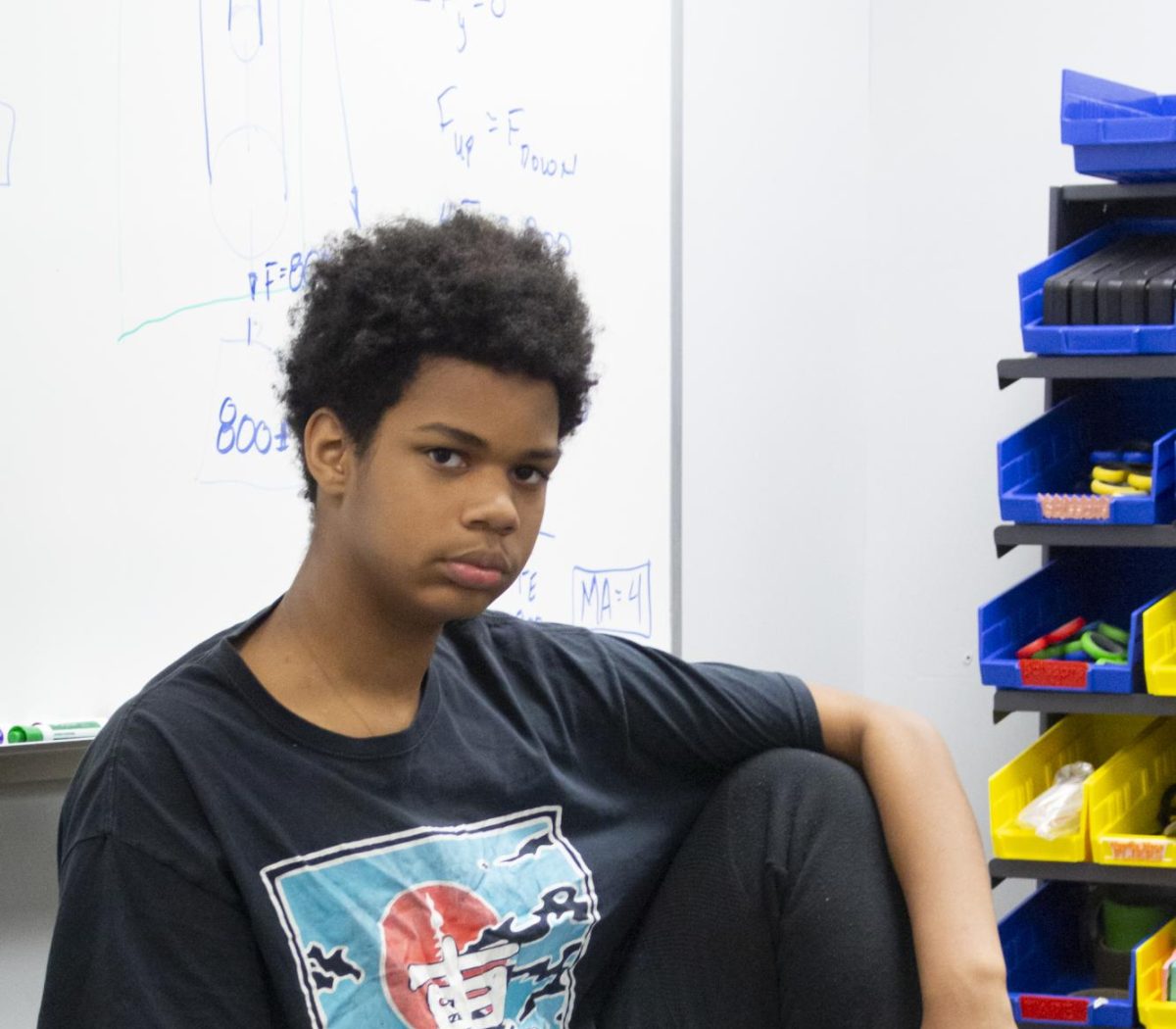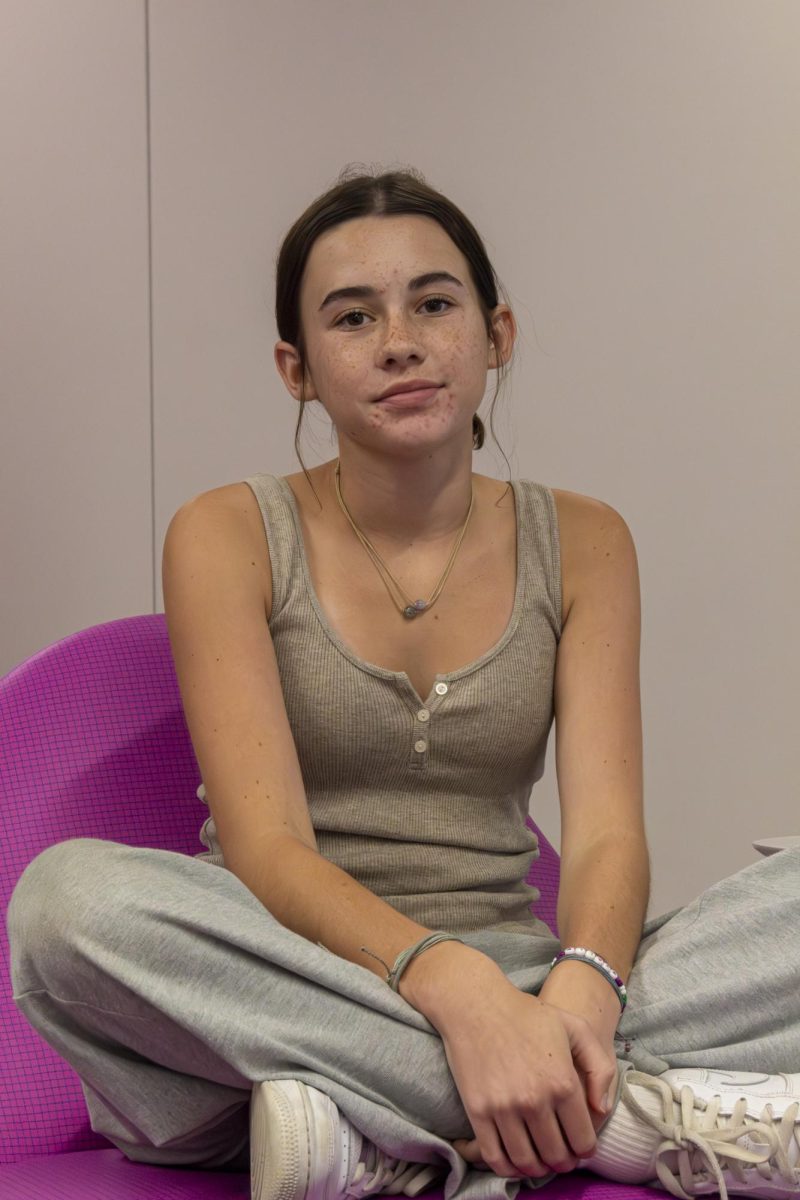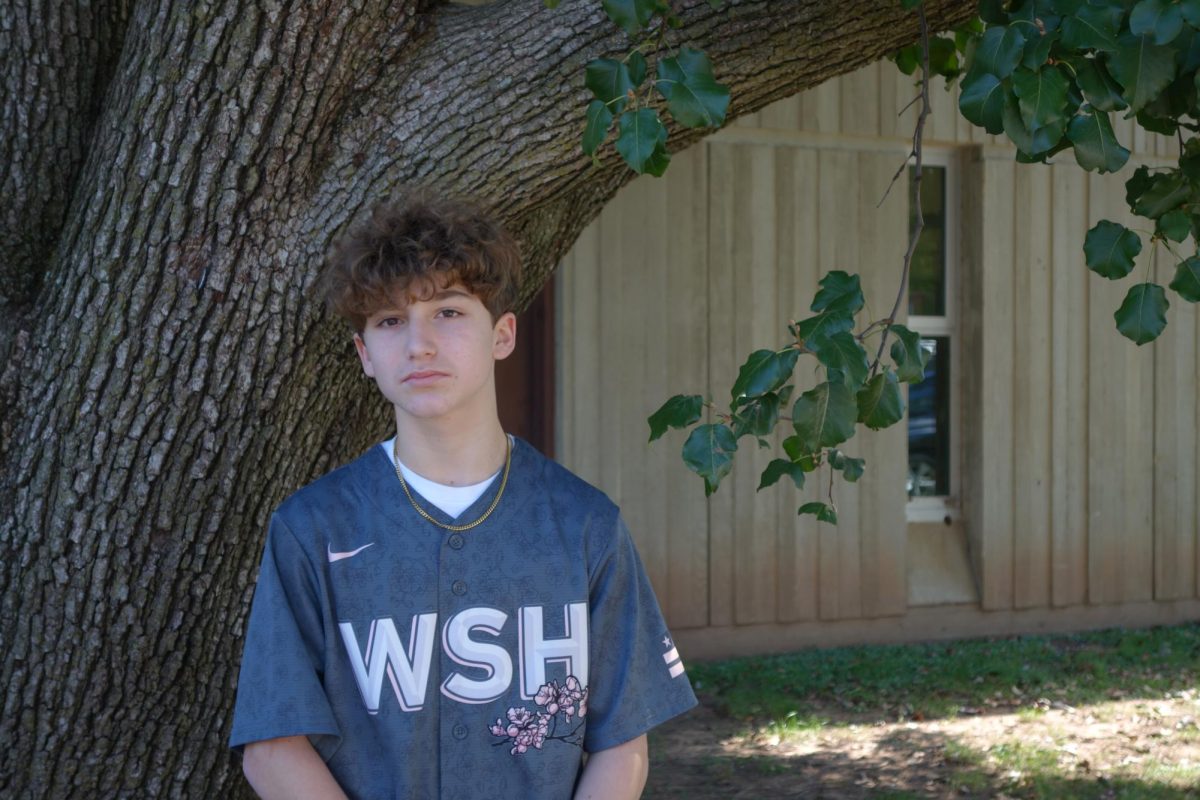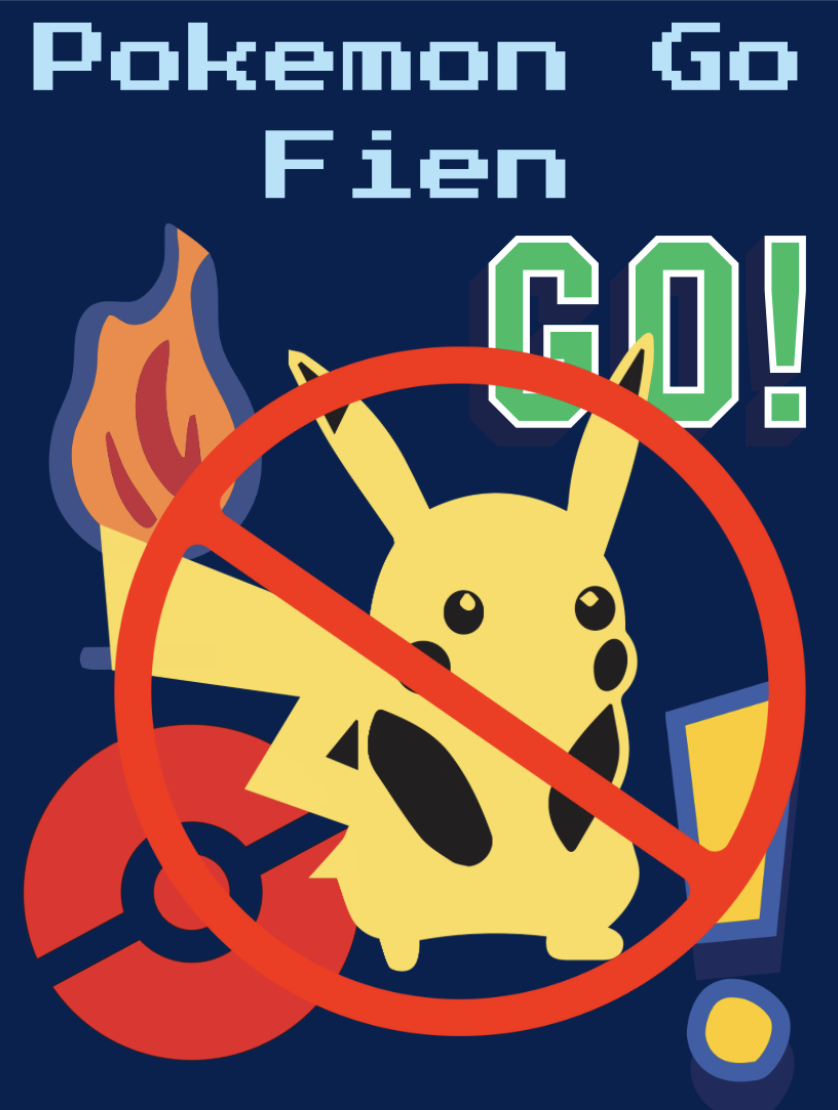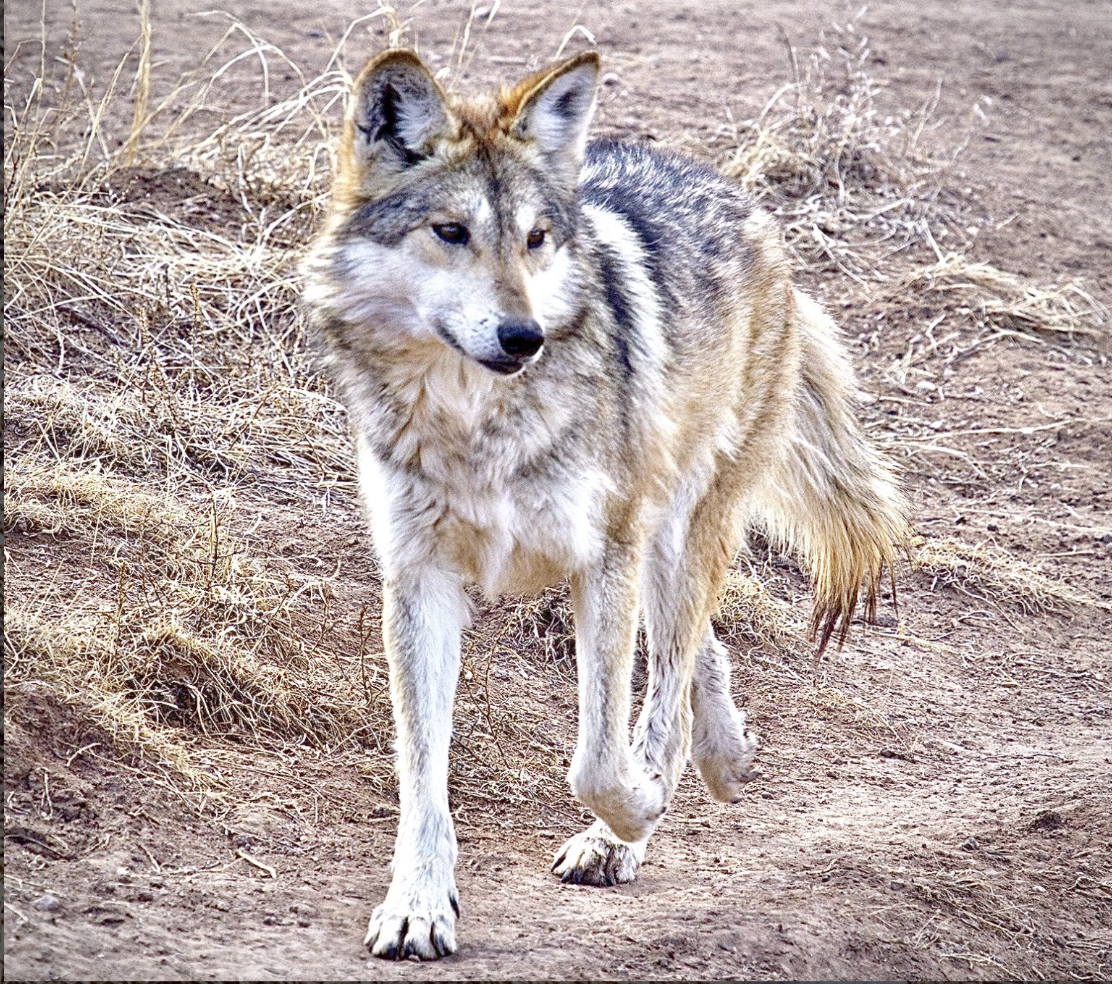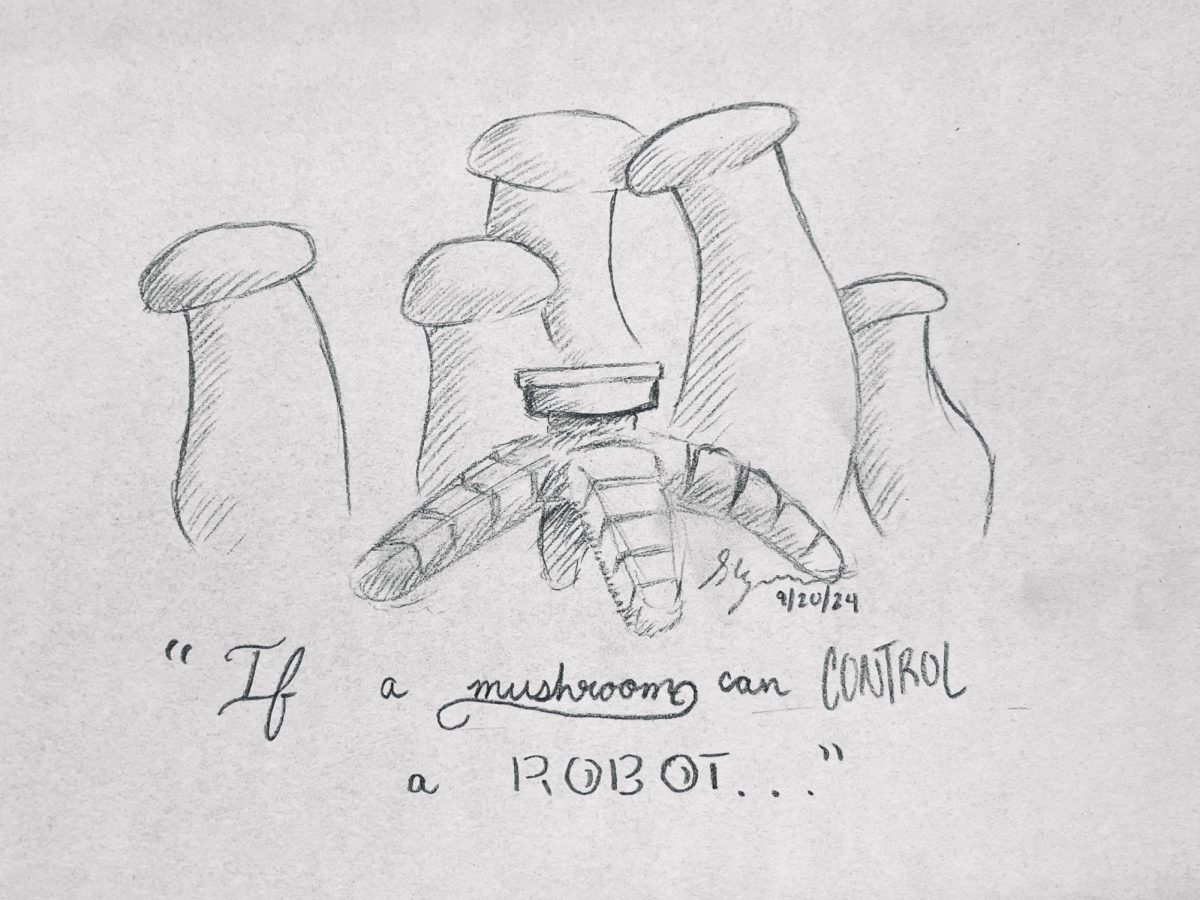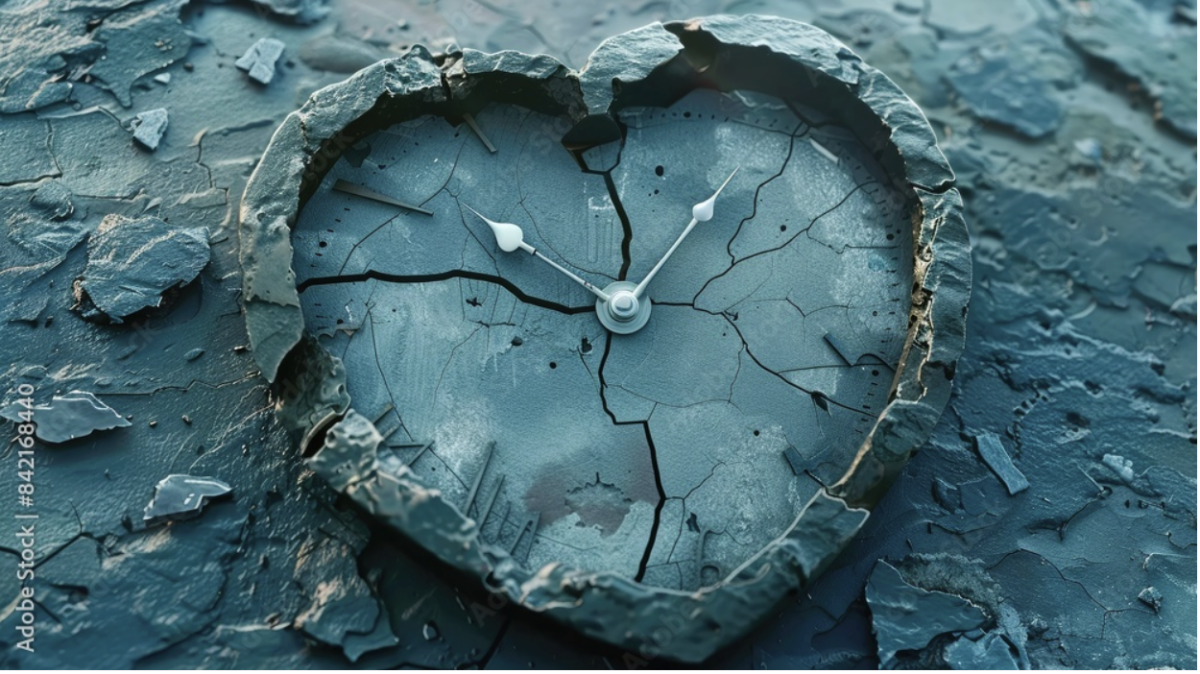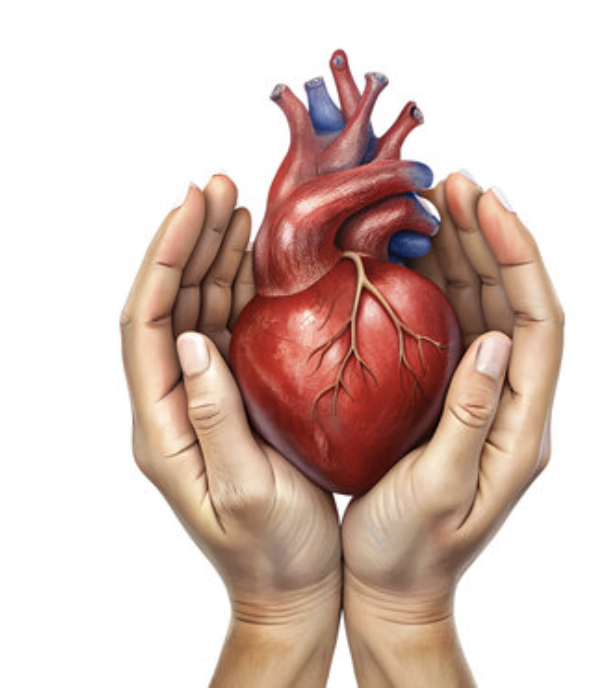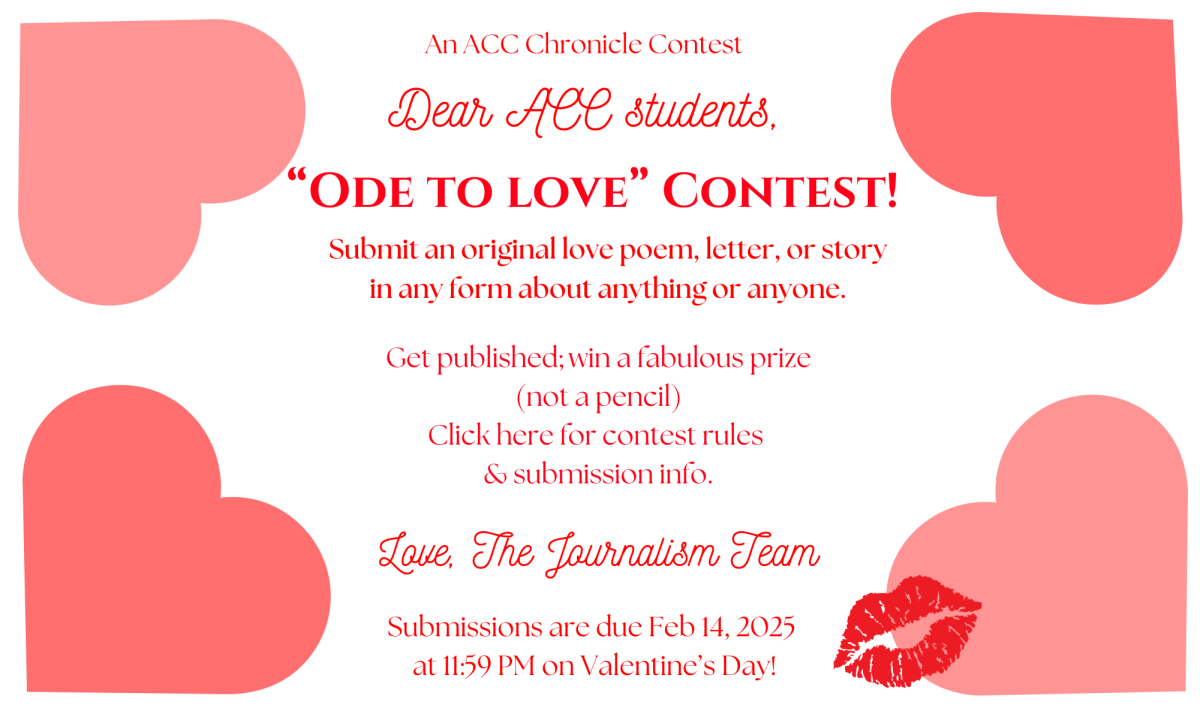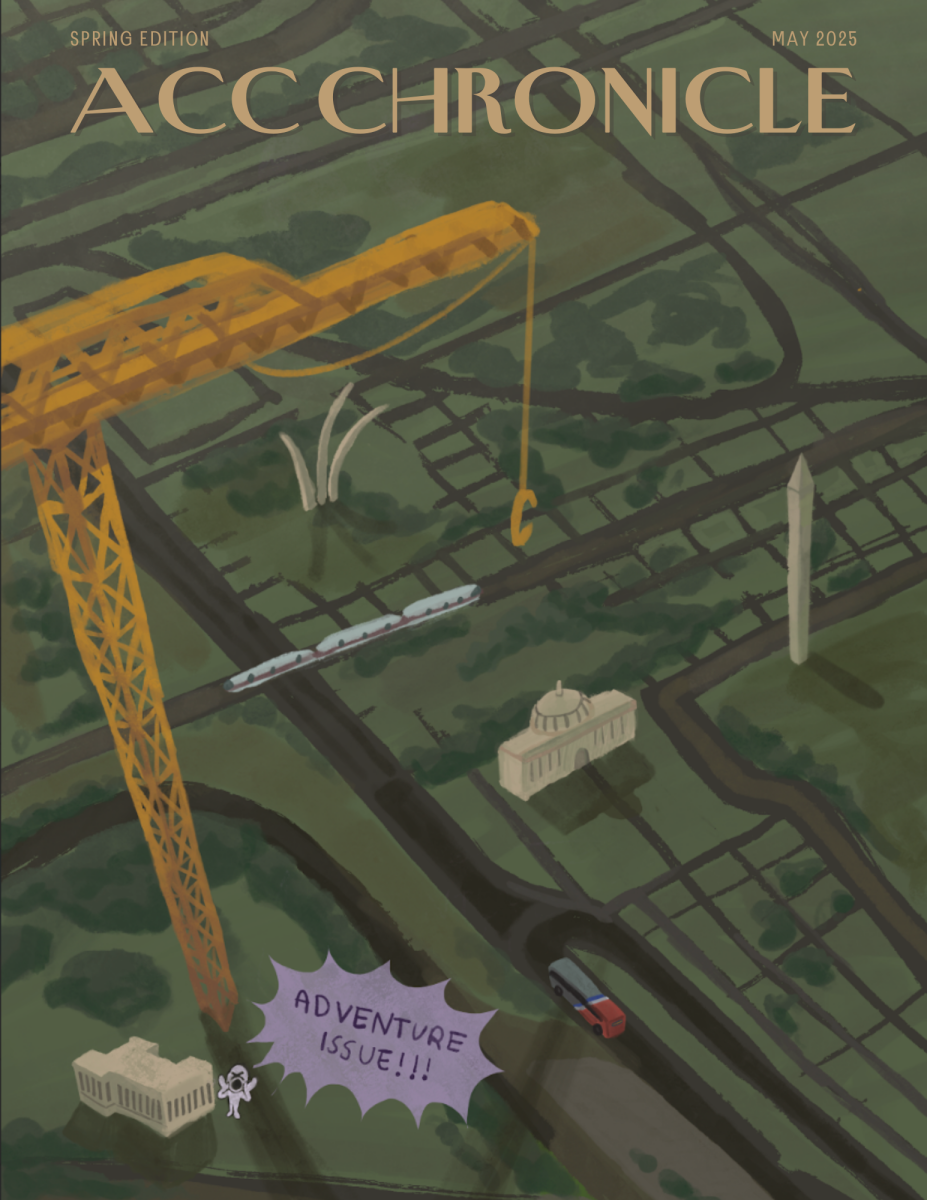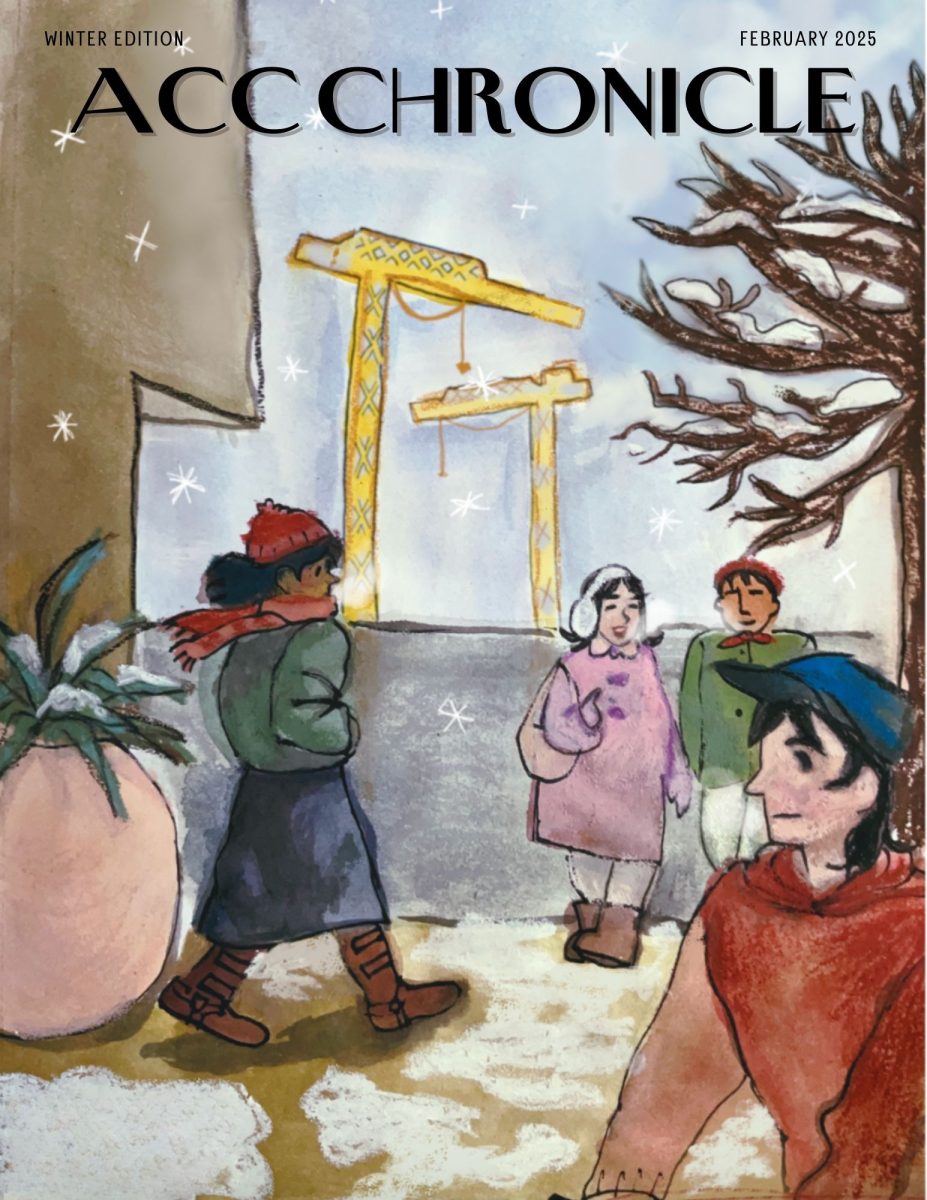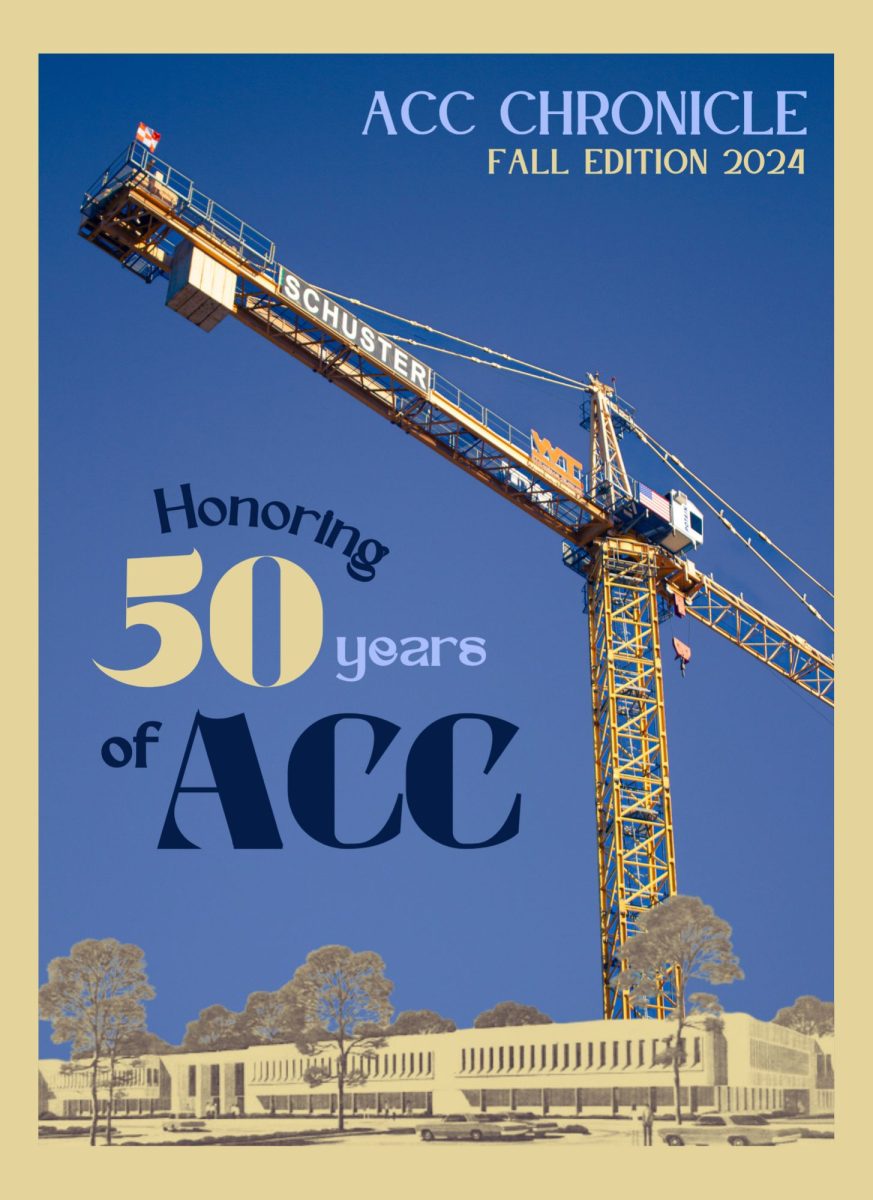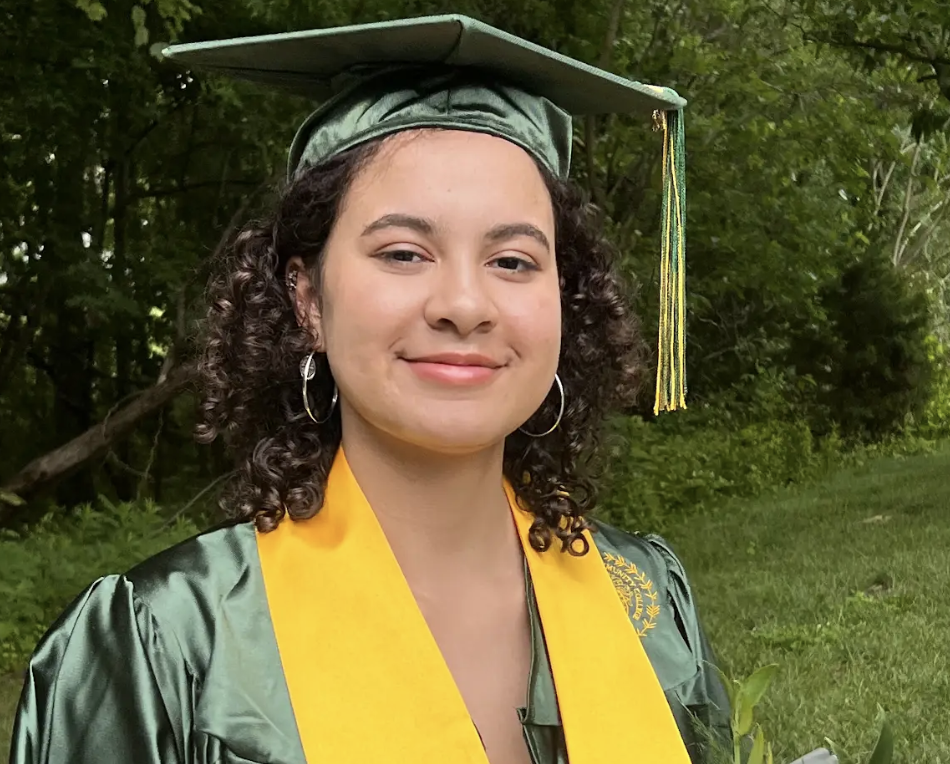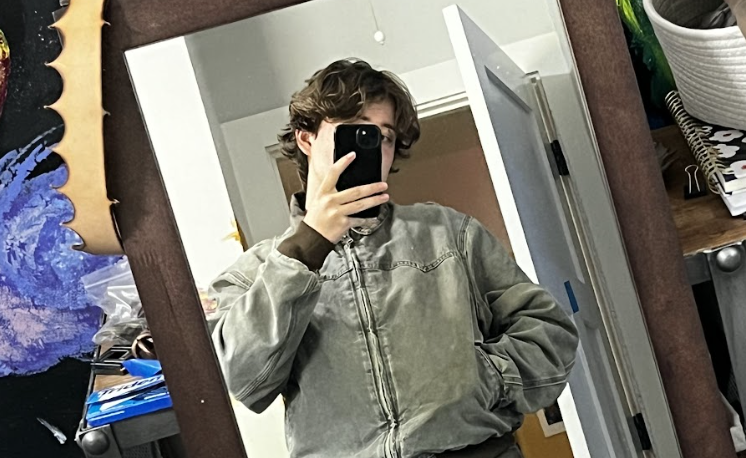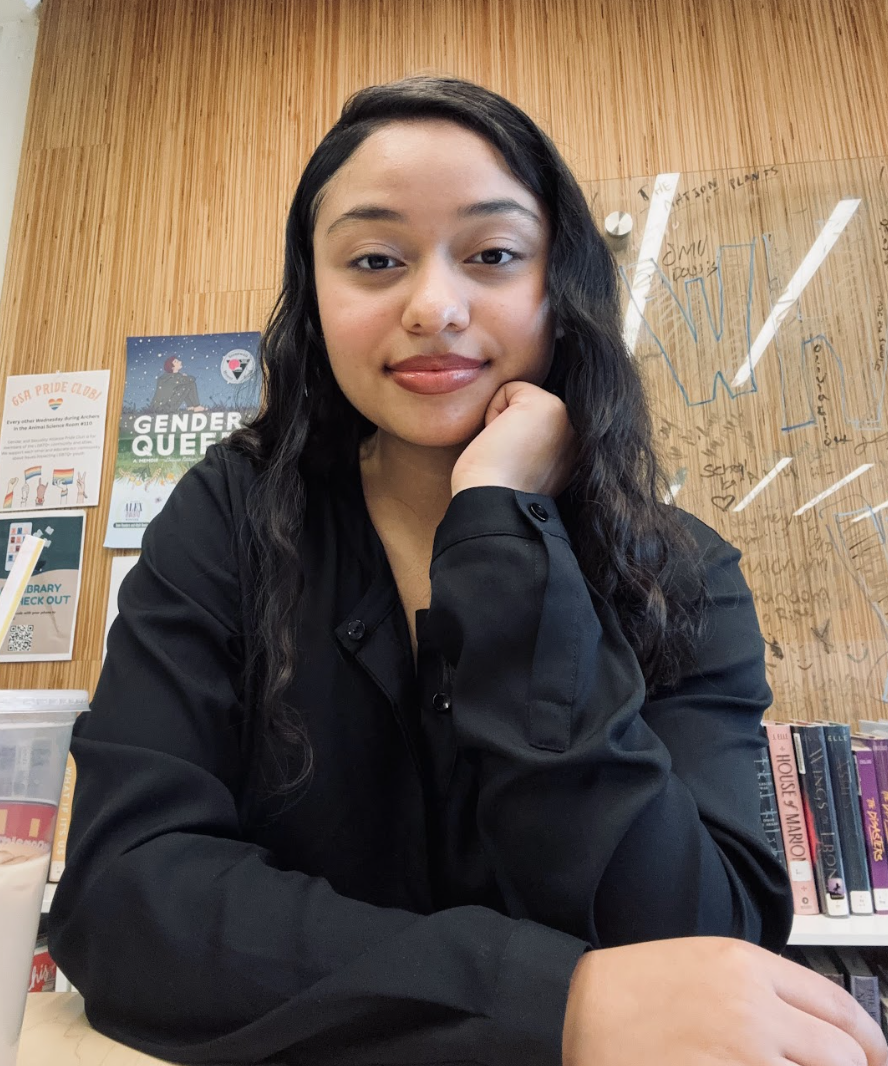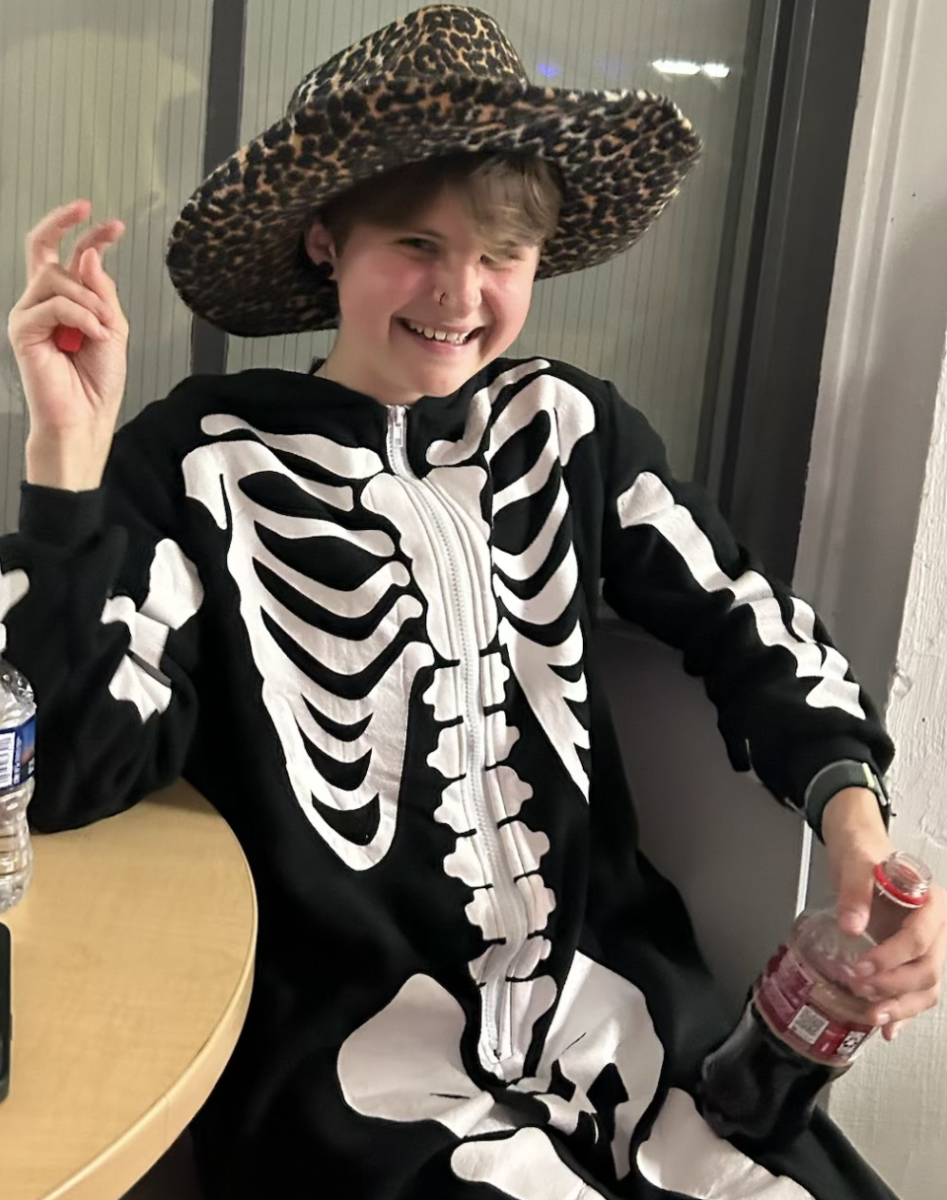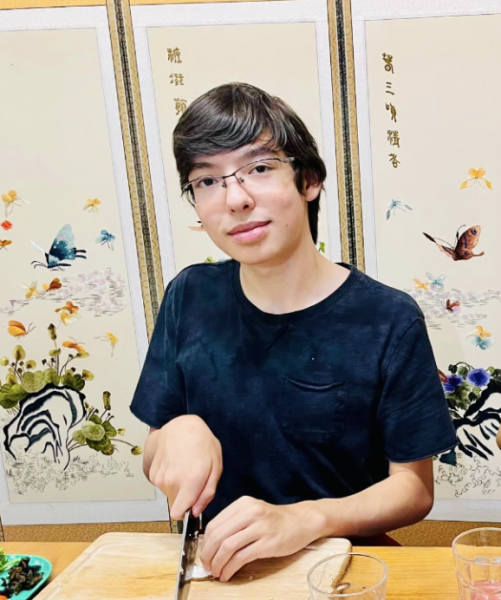Here at ACC, our Culinary Arts & Sciences program provides students with comprehensive knowledge of the culinary arts and the hospitality industry surrounding them. To give students hands-on experience with different cooking techniques, they participate in numerous labs preparing a wide variety of dishes from baked goods to braised meats. As with anything, favorite labs rise up within the opinions of the different class levels.
 One of the most popular labs across the board is the fresh-baked chocolate chip cookies. Naturally, you spend the class baking a batch of tender chocolate chip cookies. However, you also spend the week exploring the different techniques that give the cookies their distinctive flavor and texture. This includes the specific mixing method to ensure a tender gooey cookie, where you cream softened butter and sugar together before carefully alternating the addition of the remaining wet and dry ingredients. This helps avoid the over-development of gluten proteins in the flour, keeping the cookies soft. Additionally, you ensure the cookies all bake evenly by leveling off every scoop of batter and chilling the cookies before baking. This means all the cookies will be of a uniform size, shape, and temperature when they are put into the oven.
One of the most popular labs across the board is the fresh-baked chocolate chip cookies. Naturally, you spend the class baking a batch of tender chocolate chip cookies. However, you also spend the week exploring the different techniques that give the cookies their distinctive flavor and texture. This includes the specific mixing method to ensure a tender gooey cookie, where you cream softened butter and sugar together before carefully alternating the addition of the remaining wet and dry ingredients. This helps avoid the over-development of gluten proteins in the flour, keeping the cookies soft. Additionally, you ensure the cookies all bake evenly by leveling off every scoop of batter and chilling the cookies before baking. This means all the cookies will be of a uniform size, shape, and temperature when they are put into the oven.
 Chef Randolph, the instructor for ACC’s culinary program, is particularly fond of the braised short ribs. Here, students explore the combination cooking technique used to break down connective proteins and develop deep, complex flavors resulting in tender, flavorful short ribs. Between searing the ribs to develop a deep brown crust, creating a flavorful braising liquid with homemade stock, and the extensive cooking time, these techniques result in ribs that fall apart with the touch of a fork. The greatest key to this recipe is the endlessly fascinating Maillard reaction. Through the complicated reactions that occur when the amino acids and sugars in food are heated, numerous new aromas and flavors are created in the process we recognize as browning. This is the reaction that gives bread its burnished crust, marshmallows their crispily toasted exteriors, and these ribs their exquisite flavor.
Chef Randolph, the instructor for ACC’s culinary program, is particularly fond of the braised short ribs. Here, students explore the combination cooking technique used to break down connective proteins and develop deep, complex flavors resulting in tender, flavorful short ribs. Between searing the ribs to develop a deep brown crust, creating a flavorful braising liquid with homemade stock, and the extensive cooking time, these techniques result in ribs that fall apart with the touch of a fork. The greatest key to this recipe is the endlessly fascinating Maillard reaction. Through the complicated reactions that occur when the amino acids and sugars in food are heated, numerous new aromas and flavors are created in the process we recognize as browning. This is the reaction that gives bread its burnished crust, marshmallows their crispily toasted exteriors, and these ribs their exquisite flavor.
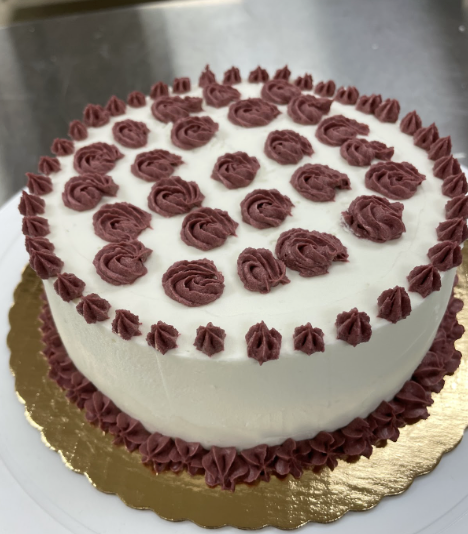 Diving back into pastry, the cake lab continues the exploration into baking mastery like the effects of different kinds of flour or leavening agents. However, the star of this lab is the decoration practice. From a smooth crumb coat to more intricate details like rosettes and borders, this lab looks to nail down the basics of pastry decoration. Along with decorating, this lab also entails greater creative freedom in the coloring, design, and piping of your cake, allowing you to make it completely your own. If one chooses to eventually take Level 3 Baking and Pastry, this lab is massively upscaled into a student-designed multi-tiered cake. Over several weeks, students plan out everything for their cake from batter and fillings to frosting and decoration. At the end of the lab, students feel the satisfaction of taking something from a simple sketch to a tangible real-world creation.
Diving back into pastry, the cake lab continues the exploration into baking mastery like the effects of different kinds of flour or leavening agents. However, the star of this lab is the decoration practice. From a smooth crumb coat to more intricate details like rosettes and borders, this lab looks to nail down the basics of pastry decoration. Along with decorating, this lab also entails greater creative freedom in the coloring, design, and piping of your cake, allowing you to make it completely your own. If one chooses to eventually take Level 3 Baking and Pastry, this lab is massively upscaled into a student-designed multi-tiered cake. Over several weeks, students plan out everything for their cake from batter and fillings to frosting and decoration. At the end of the lab, students feel the satisfaction of taking something from a simple sketch to a tangible real-world creation.
In one of the most hands-on labs, students participate in the entire process of making pasta from raw ingredients to a completed dish. First, starting with the very dough itself, you mix and knead it until it is soft and supple. After resting the dough, it is passed through a pasta roller to form thin sheets. These pasta sheets are then cut into noodles, anything from ribbons to spaghetti, before being quickly cooked in boiling water and tossed in a cheesy sauce. The tender, bouncy texture of these noodles is created through the formation of gluten. As opposed to tender baked goods like cookies and cakes, the tight interlocking network of proteins is most desirable in pasta. As water is added to flour, glutenin molecules unfurl and begin to tangle into longer threads. Mixing the dough further encourages the glutenin until it forms a tight network. After the hard work of developing this gluten, you’re rewarded with airy breads, chewy pizza crusts, and springy noodles.
In this next lab, the elastic power of gluten is instead utilized to form the thin chewy crust of an oven-baked pizza. After thoroughly kneading the dough to develop the ever-important gluten, the crust is gently rolled into a flat sheet before being slathered in tomato sauce and other toppings. Then students utilize a pizza peel to thrust their creation into the roaring hot oven, ensuring a crisp brown crust and gooey melted cheese. After retrieving the pizza from the oven, everyone sits down to enjoy their pizza together while laughing and chatting. These are the memories that the Culinary Arts class strives to create, the ones of friends gathered together around a shared passion and good food. The most important part of the class is the experiences you have and how you carry them with you moving forward.
Every day, we repeat the fifty-million-year-old tradition of sharing food with those we care about, a tradition started by our distant ancestors. Food has always been and will continue to be a universal connection between all of humanity, so at ACC we explore not just the science and business of food but also how it draws a community together.

